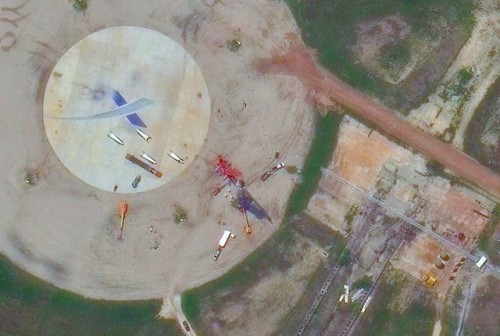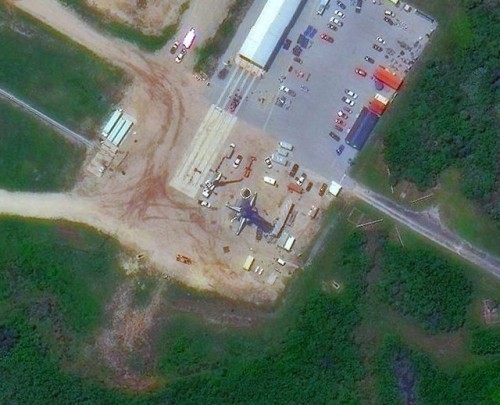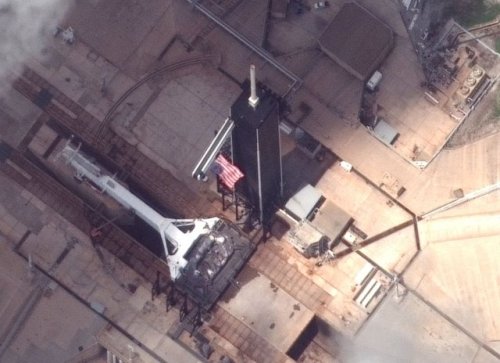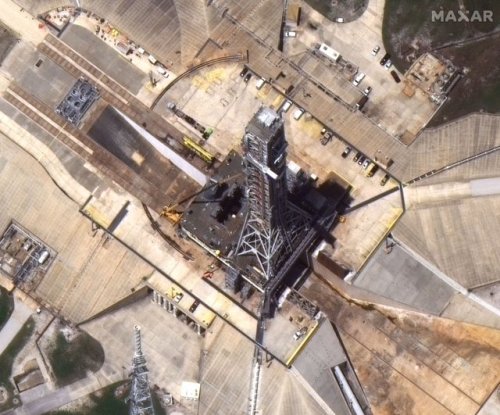#worldview3
Following last month’s STP-2 mission, the WorldView-3 satellite captured the two side boosters from SpaceX’s Falcon Heavy rocket at Landing Zone’s 1 and 2.
One booster is having its landing legs removed at the perimeter of LZ-1, while the other can be seen at the facility’s main work area to the right of the image.
The STP-2 mission marked the third flight of the Falcon Heavy rocket and the second mission for the vehicle’s side boosters. Liftoff occurred nine miles north of the landing zone’s at Kennedy Space Center’s LC-39A.
P/c: Maxar Technologies.
Post link
Apollo-era Launch Complex 39 captured from orbit on eve of Apollo 11 golden anniversary (July 10, 2019).
Maxar Technologies’ WorldView-3 satellite captured these views of Kennedy Space Center’s Launch Complex 39 Monday, July 8.
Both Apollo-era launch pads are now home to different launch vehicles. SpaceX launches their Falcon 9 and Falcon Heavy rockets from LC-39A as well as their Crew Dragon spacecraft. The company hung a giant American flag from their Crew Access Arm in commemoration of the upcoming 50th anniversary of the Apollo 11 mission, which departed for the moon from that very pad.
The transporter/erector strongback that the rockets are assembled and transported to the pad on can be seen in the horizontal position adjacent to the service tower.
NASA will utilize LC-39B for their Space Launch System, which WorldView-3 captured with the SLS Mobile Launch atop it. The ML was moved from the Vehicle Assembly Building to the pad last week for a final series of validation checks before hosting the first SLS flight in early 2021.
WorldView-3 was roughly 380 miles above the earth when it captured these images.
P/c:Maxar Technologies.
Post link





